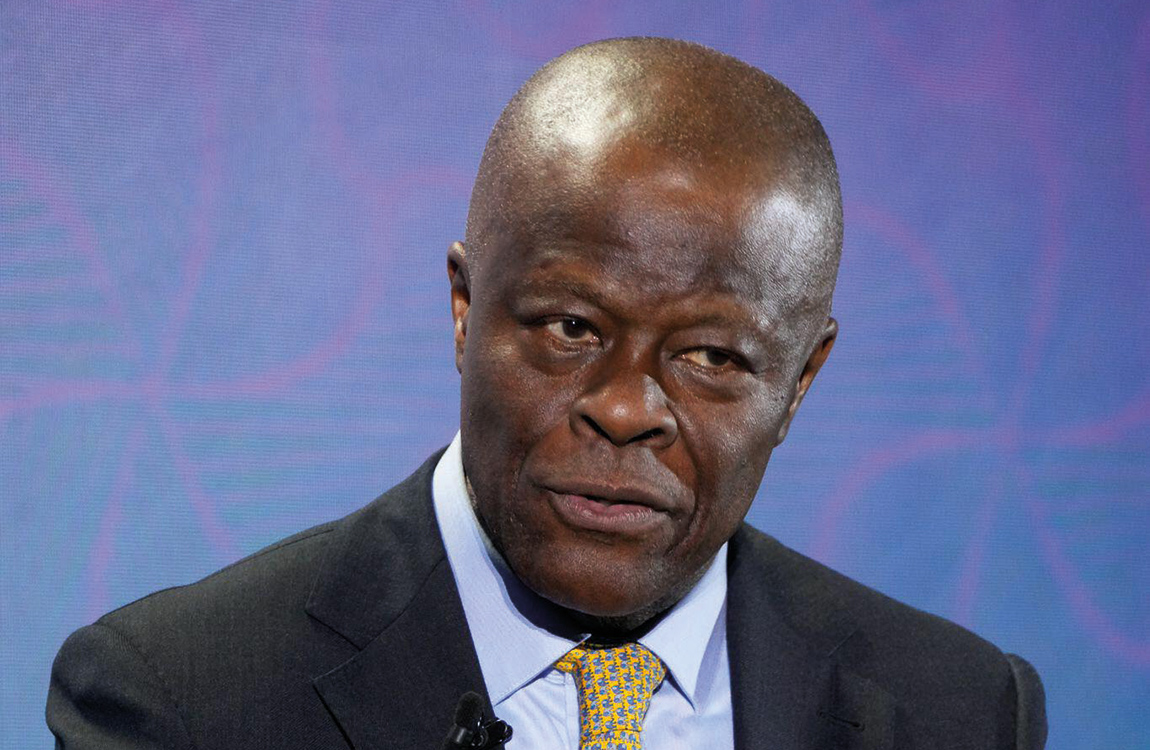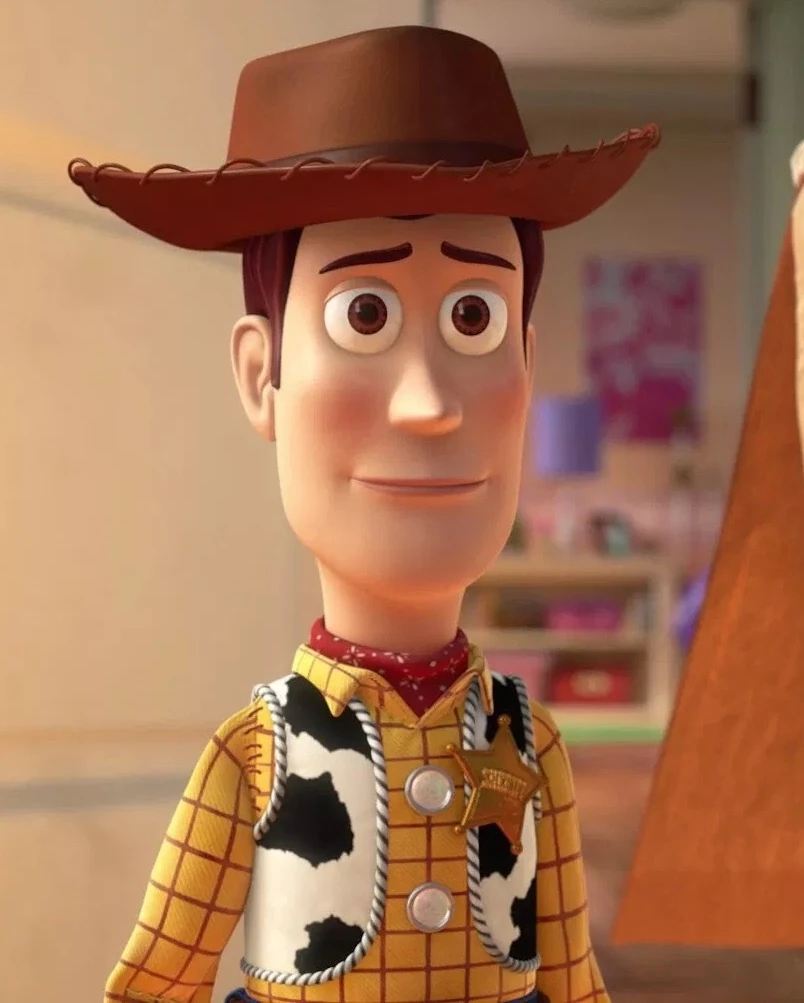Sara Blakely, founder and inventor of Spanx and Sneex, and Leslie Blodgett, beauty visionary, bestselling author and philanthropist, are rebels with a cause: to build iconic brands without a roadmap.
They met in QVC’s Green Room. “I remember you shaking your butt in your white pants in front of, like, 90 million people,” said Blodgett.
“That was 23 years ago that we first met,” said Blakely. “I had just started Spanx, so I was really, really nervous.”
So what have they been up to since then?
“I married an ultra-marathon runner, who only eats fruit till noon,” said Blakely. “I had four children. I contemplated selling Spanx, then I ended up selling the majority of Spanx. I entered perimenopause. I’m still in perimenopause, and I contemplated launching Sneex, and launched Sneex.”
From undergarments to footwear isn’t an obvious transition. “The common thread was: I’m a frustrated consumer,” said Blakely. “In the first company that I started, I could not figure out what to wear under white pants. So I ended up creating a homemade solution.” Enter Spanx.
“Then with Sneex, I couldn’t find a high heel, a stiletto, that I could walk in anymore,” said Blakely. “They hurt my feet to much. I didn’t have experience in either industry. I always say that what you don’t know can become your greatest asset if you let it. And if you don’t know how it’s supposed to be done, it’s going to ensure that you do it differently.”
That can be scary. “Because the negative self-talk is really extreme,” she said. Before starting Spanx Blakely had never taken a business class or worked in fashion or retail.
“I actually sold fax machines door-to-door for seven years before I cut the feet out of my pantyhose,” she said. “I’m really fascinated by things that haven’t evolved and comfort.”
Blakely likes to go quiet, close her eyes and think. “I used to ask the team at Spanx this a lot: If no one showed you how to do your job, how would you do it?” she said. “I always find there’s real nuggets there. There’s always a better way, but you have to get quiet and be willing to ask those questions and listen.”
Blakely pointed out that Blodgett, too, was a disruptor with the creation of the mineral makeup brand, Bare Minerals.
“We disrupted because we had an unusual product, a different way of selling — we had multichannel, we were on TV,” said Blodgett, who unleashed a juggernaut when, in 1997, she learned about QVC’s chat rooms and went on them, talking to thousands of people for a full year, four hours per day.
“Then it just started building,” said Blodgett. “It was building a brand with people from Day One and listening to them, talking to them and inviting them in.”
It was pre-social media and before the Internet even became a thing. “That was just this obsession,” she said. “Then you have to figure out how to scale that love, and we were able to do that.”
When Blakely started Spanx, she stood in Saks, Nordstrom, Bloomingdale’s and Bergdorf Goodman for two years. “I literally stood on the floor for seven to eight hours a day selling the product for them,” she said.
One day a gentleman assumed Blakely was the brand rep. But when he learned she was its creator, the man said: “You’re the founder, and you don’t have anything better to do?”
Blakely wondered about her strategy of working department stores. “But by doing that, I got all my next best ideas,” she said. In launching Spanx, Blakely had no business plan, and she did not believe there was a product beyond the first solution created for herself.
“But I would stand in the store all day, and the women would say: ‘You know….,’ or ‘This frustrates me…,’” said Blakely.
“We didn’t have a business plan either,” said Blodgett. “I didn’t know that I would love these people, and we didn’t really look at our dollars. We looked at how many people we could touch. We named our products after customers before Facebook, before Instagram.”
These days, Blakely does similarly when sitting on boards, where the talk tends to focus on money. Blakely advises looking through the scope of making many more women happy.
“If our numbers are growing, it’s because the woman is voting ‘yes’ for us,” she said. “That’s why we’re here. We’re making a difference for her.”
Blodgett sat on Blakely’s board, which was her favorite. “We had continuity and focus, because we did what Sara wanted, not what a new investor coming in wanted or thought should be,” said Blodgett.
Conversely, her company was public. “We had to do things to grow that may not have been the best,” she said.
Spanx’s team believed in what Blakely was doing, according to Blodgett, adding everyone loved and was behind the product. They had a “why.” “I wanted to advocate for women through product, because as a consumer my options were not doing what I needed them to do,” said Blakely. “And they were very uncomfortable.”
Spanx’s “why” was Blakely’s superpower, said Blodgett.
The birth of Sneex didn’t come easily. For 10 years Blakely had been telling people her dream was to invent a comfortable high heel, then retire.
“I always ask for signs when I do anything really big in my life,” she said. “I said to the universe: Am I supposed to be the one to create this comfortable high heel? Or at least take a stab at it?”
The next day, on the morning news Gayle King interviewed a shoe designer, who said he does not want his shoes to be comfortable.
“He said: ‘In fact, if someone tells me my shoes are comfortable, I take it as an insult,’” recounted Blakely. “I was like: OK, universe. Not only are they not working on it, they don’t care.”
That ignited Blakely’s fire. She pulled two employees off working on bras and put them on shoes. For four years they worked on stilettos. “I like to start with the most uncomfortable, the most challenging,” said Blakely.
But then she threw in the towel, since they weren’t making shoes exponentially more comfortable. “When I create something, I have a formula in my brain that if it’s not 10x better than what’s already out there, I don’t want to bother,” said Blakely.
As she left a factory in Italy, Blakely asked why it had to be so hard. “I just want my high heel to feel like my sneaker,” she said.
She flew back home and cut her sneaker and stiletto in half, then glued them together. “I hobbled around my house for three days imaging and just saying: ‘Should I pivot?’ ‘Should I keep trying this?’” said Blakely, who didn’t know if the hybrid could end up looking like a shoe she’d want to wear.
Five or six years later, Blakely achieved that shoe. “I was so scared to do it, and got fired from so many factories in Italy,” she said. “It was very complicated, because it’s a luxury shoe. Here I’m trying to create something the factories weren’t set up to merge.”
Still, Blakely said the process was fun, and Sneex was introduced in September 2024.
“When you launch something new, it’s very polarizing,” she said. “I get excited when things are polarizing, because it means you’re doing something really different.”
Blodgett asked Blakely what mindset means to her, and if she has doubts. “Yes, I have doubts all the time,” said Blakely, who was introduced to growth mindset at 16, with a cassette tape series called “How to Be a No-Limit Person,” by Wayne W. Dyer.
She put them in her boombox and began to cry. “I thought: I have spent 16 years of my life being taught what to think in school, and no one has ever taught me how to think,” said Blakely. “This light bulb went off.”
She began listening almost obsessively at a time when peers were tuning into Bon Jovi and Madonna. “Then I ended up on Forbes’ cover, they all texted me and wrote: ‘Damn, I should have listened to that,’” said Blakely.
“I’m doing all that now, too,” said Blodgett, who has become a metaphysical minister. She meditates daily in nature and believes in spirit guides, angels and past lives. “I believe we’re having a spiritual awakening right now, and everyone should just embrace that. So, I’m with you.”
“The one thing that I would say to anyone that doesn’t talk to the universe yet would be: ‘Where in your life do you daydream?’” said Blakely. “Because that’s where your mind is wandering, and that’s where you’re getting downloads.”
She counsels it is key to find out where that happens for you. For her, it’s in the car.
“That’s when I access different thoughts that really have become the ideas of my life or the answers that I’m searching for,” said Blakely. “How much time do you have in your calendar to sit alone and daydream or to let your mind wander? It’s in the daydreaming that you get access to some really powerful thoughts and ideas.”












